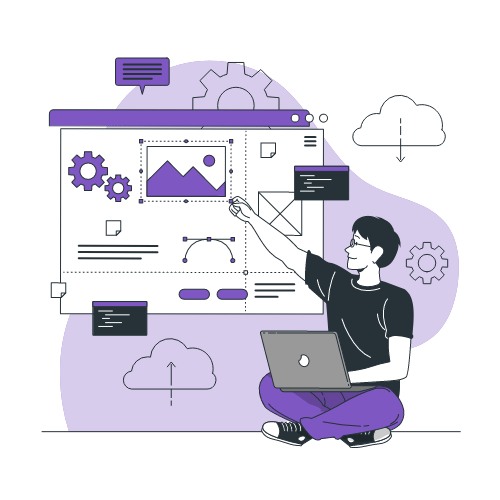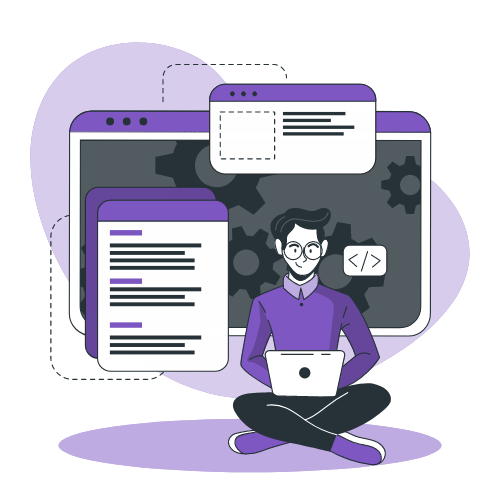
What Is Mobile-Appium...?
Appium is an open-source tool for automating native, mobile web, and hybrid applications on iOS mobile, Android mobile, and Windows desktop platforms. Native apps are those written using the iOS, Android, or Windows SDKs. Mobile web apps are web apps accessed using a mobile browser (Appium supports Safari on iOS and Chrome or the built-in 'Browser' app on Android). Hybrid apps have a wrapper around a "webview" -- a native control that enables interaction with web content. Projects like Apache Cordova make it easy to build apps using web technologies that are then bundled into a native wrapper, creating a hybrid app. Importantly, Appium is "cross-platform": it allows you to write tests against multiple platforms (iOS, Android, Windows), using the same API. This enables code reuse between iOS, Android, and Windows testsuites. For specific information about what it means for Appium to "support" its platforms, and automation modalities.
Quick Enquiry
Introduction to Appium & Mobile Automation Testing

Pre-Requisites – Installing JDK, Maven, Android SDK

Basic Installation for Appium on Windows

Basic Installation for Appium on MAC

Downloading Appium Dependencies, Desired Capabilities, Packages & Activities Information

UIAutomator Viewer

Appium Inspector

Native App Test – Run Test on Sample Native Mobile App

Hybrid App Test – Sample Hybrid App Test

Mobile Web App Test – Sample LinkedIn Test

Configure Selenium Grid Server and Appium Node

Configure Test for Parallel Execution

Design Mobile Automation Framework

Complex Element Finding Strategies

Automate Mobile Gestures

